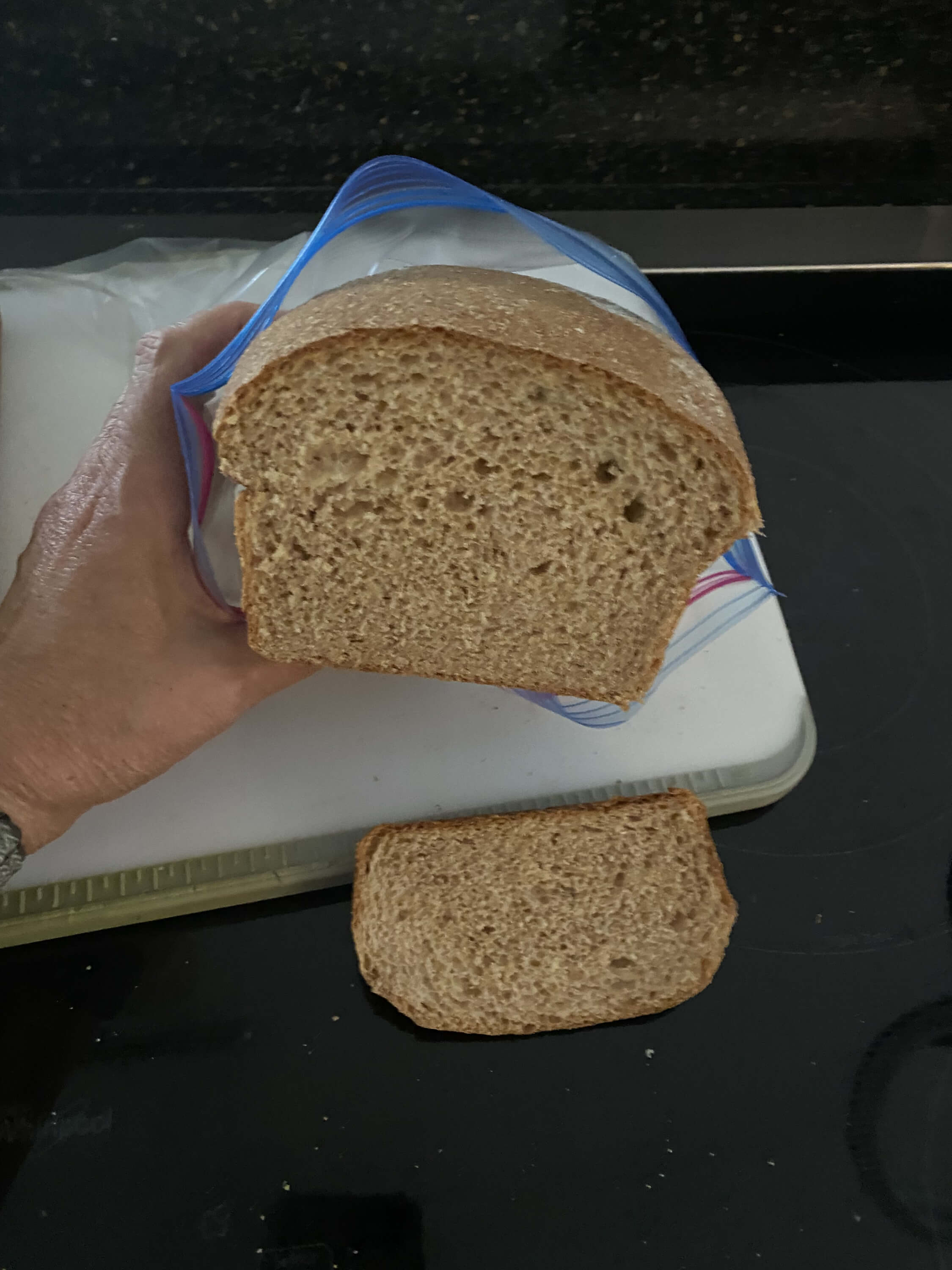 The Health Benefits of Fresh Milled Bread
The Health Benefits of Fresh Milled BreadWhy It’s Time to Rethink What’s in Your Loaf
In a world where convenience often trumps quality, bread has become one of the most misunderstood staples on our table. But when we return to the roots of baking—with fresh, whole grains—we rediscover the deep nourishment bread was always meant to provide.
A Brief History: From Whole Grain to White Powder
Up until the late 1800s, all flour was freshly milled from whole grains. It was ground in small batches and used quickly, while it still held all the nutrients God placed in the wheat kernel: the bran, germ, and endosperm.
When modern roller milling came along, the process was changed. The bran and germ were stripped away to increase shelf life and reduce spoilage. All that remained was the starchy white endosperm—what we now call white flour.
It looked cleaner, baked softer, and lasted longer. But in the process, we lost most of the nutrition.
What’s Missing in Processed Flour
That white flour in your sandwich bread or store-bought bagel? It’s missing:
• Fiber for gut health and digestion
• B vitamins like folate, niacin, and thiamin
• Minerals such as iron, magnesium, and zinc
• Vitamin E and healthy fats that support brain and heart function
Though manufacturers “enrich” flour with synthetic vitamins, it’s no substitute for the real, living nutrition of whole grains.
Why Fresh Milled Bread is a Game Changer
Bread made with freshly milled flour is a return to nature’s design. When all three parts of the grain are kept intact and milled just before baking, bread becomes a nourishing food again—full of:
• Real vitamins and minerals
• Natural oils that support hormone and brain health
• Fiber that keeps your gut microbiome thriving
• Enzymes that aid digestion and make nutrients more bioavailable
Fresh milled bread doesn’t just feed your body—it fuels your life.
A Better Way Forward for Our Families
In an age of fast food and empty carbs, many families are unknowingly feeding their children bread that’s been stripped of nearly all nutritional value. It’s time to turn the tide.
Start reading labels. Ask your local baker if they mill their own grains. Consider learning how to bake with whole grains at home. Even if you’re not baking yourself, you can make intentional choices about what kind of bread is on your family’s table.
Spread the Word
Help others understand the truth behind modern flour and the benefits of fresh milled bread. Share what you’ve learned. Talk about it at the farmers market, with friends at church, or over coffee. Our collective choices shape the market. When we start demanding better food, better food becomes available.
Let’s bring bread back to what it was meant to be: real, nourishing, life-giving- the staff of life!



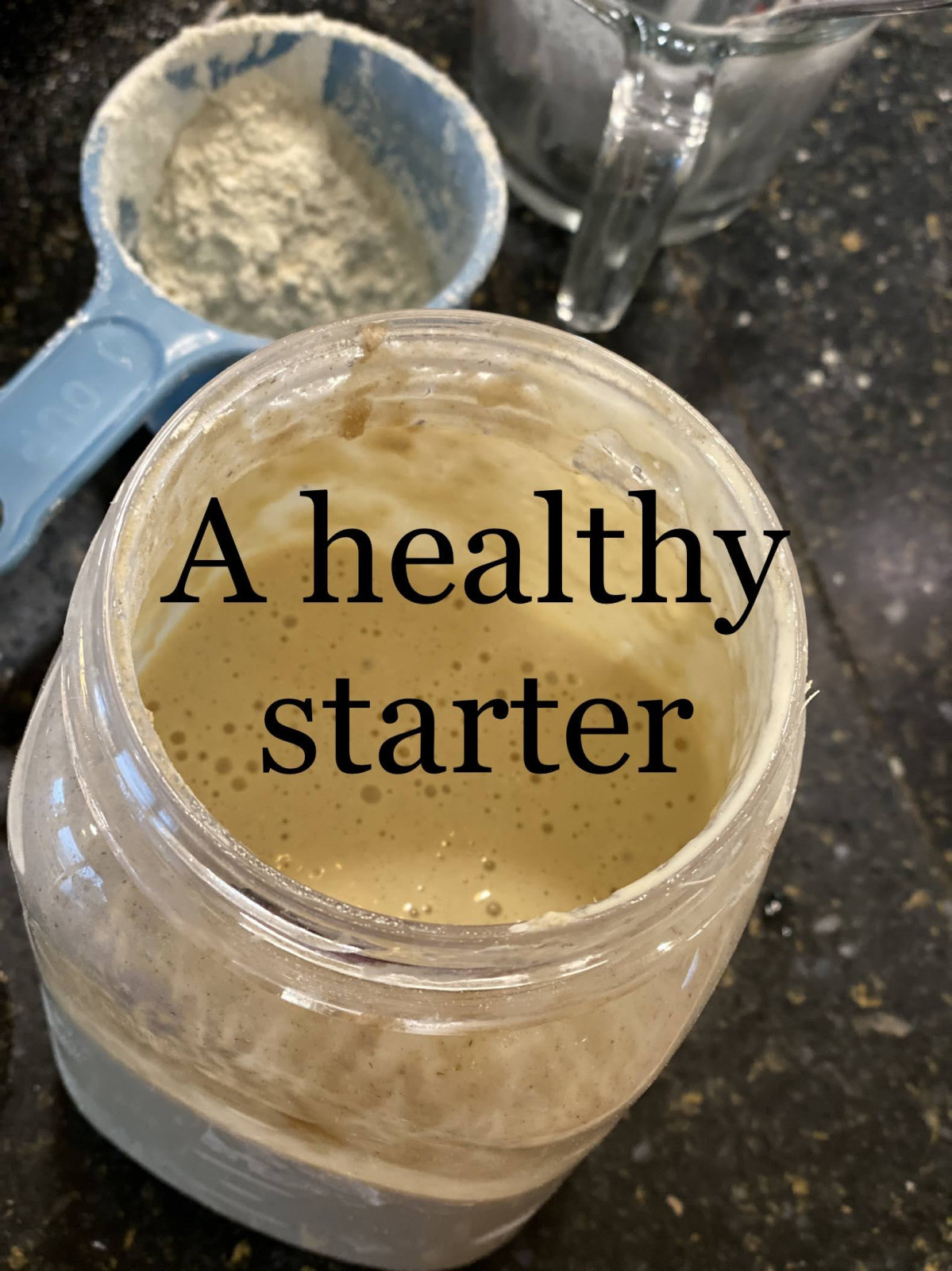

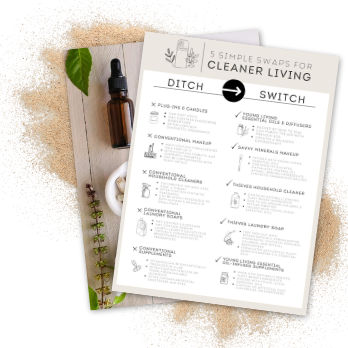
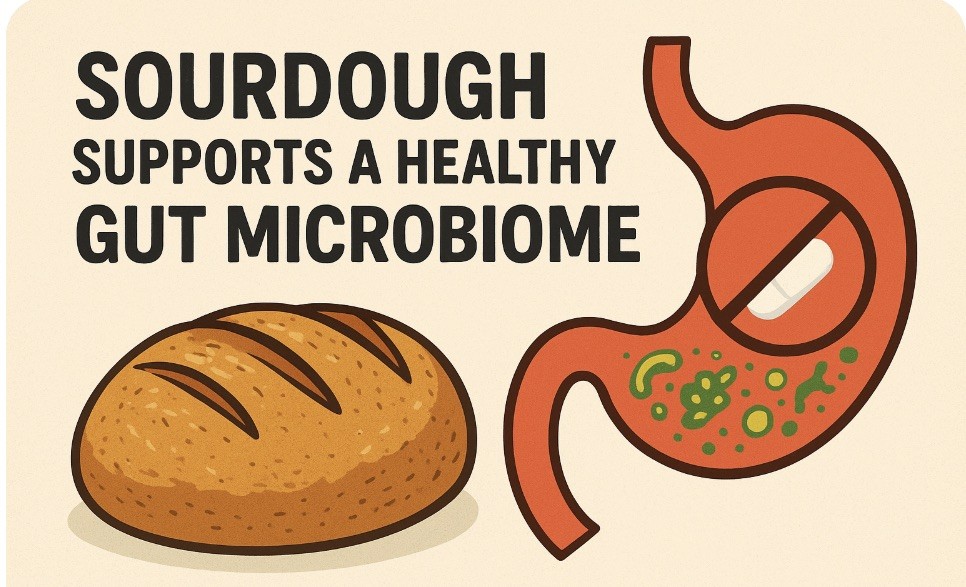
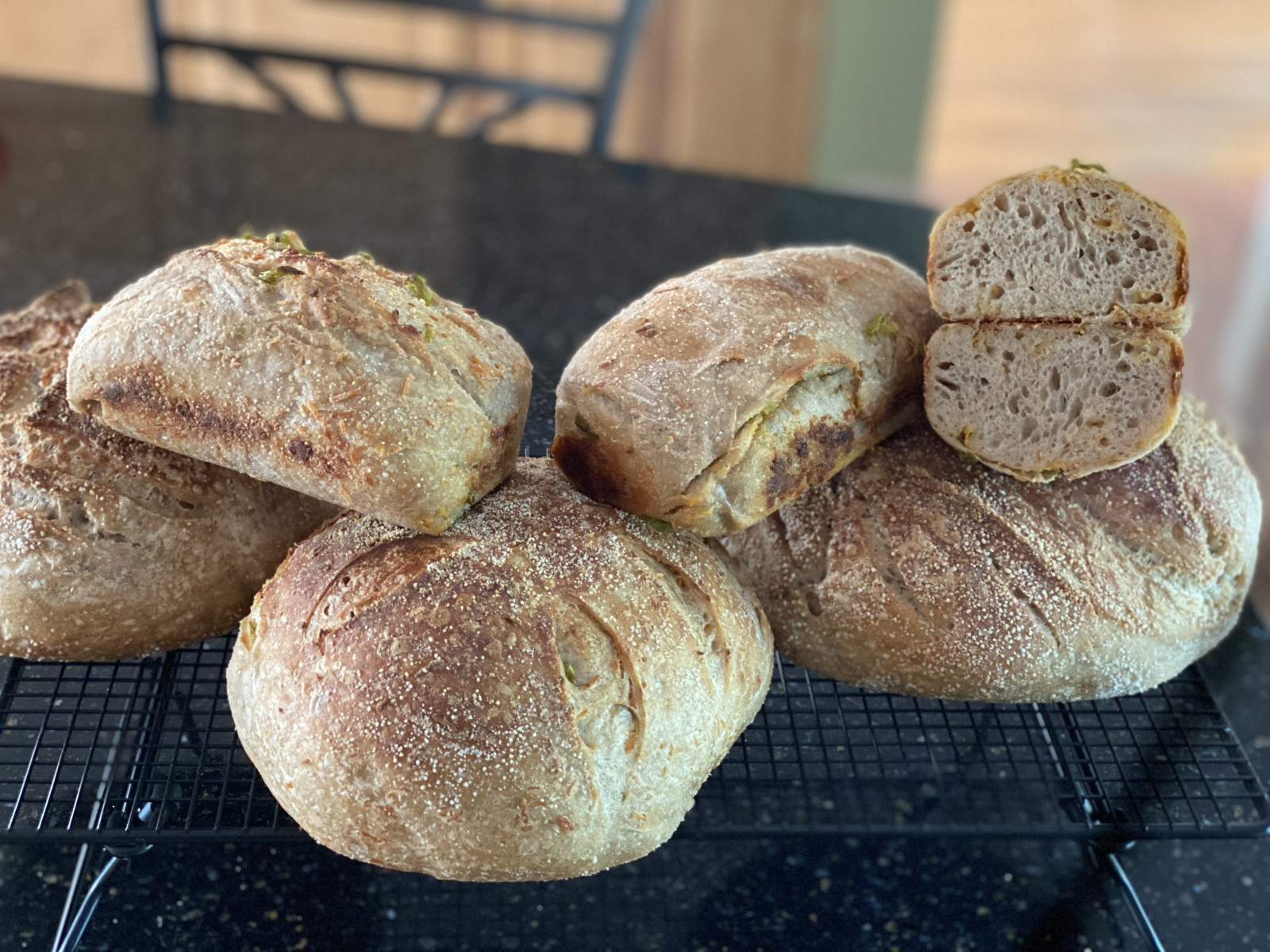
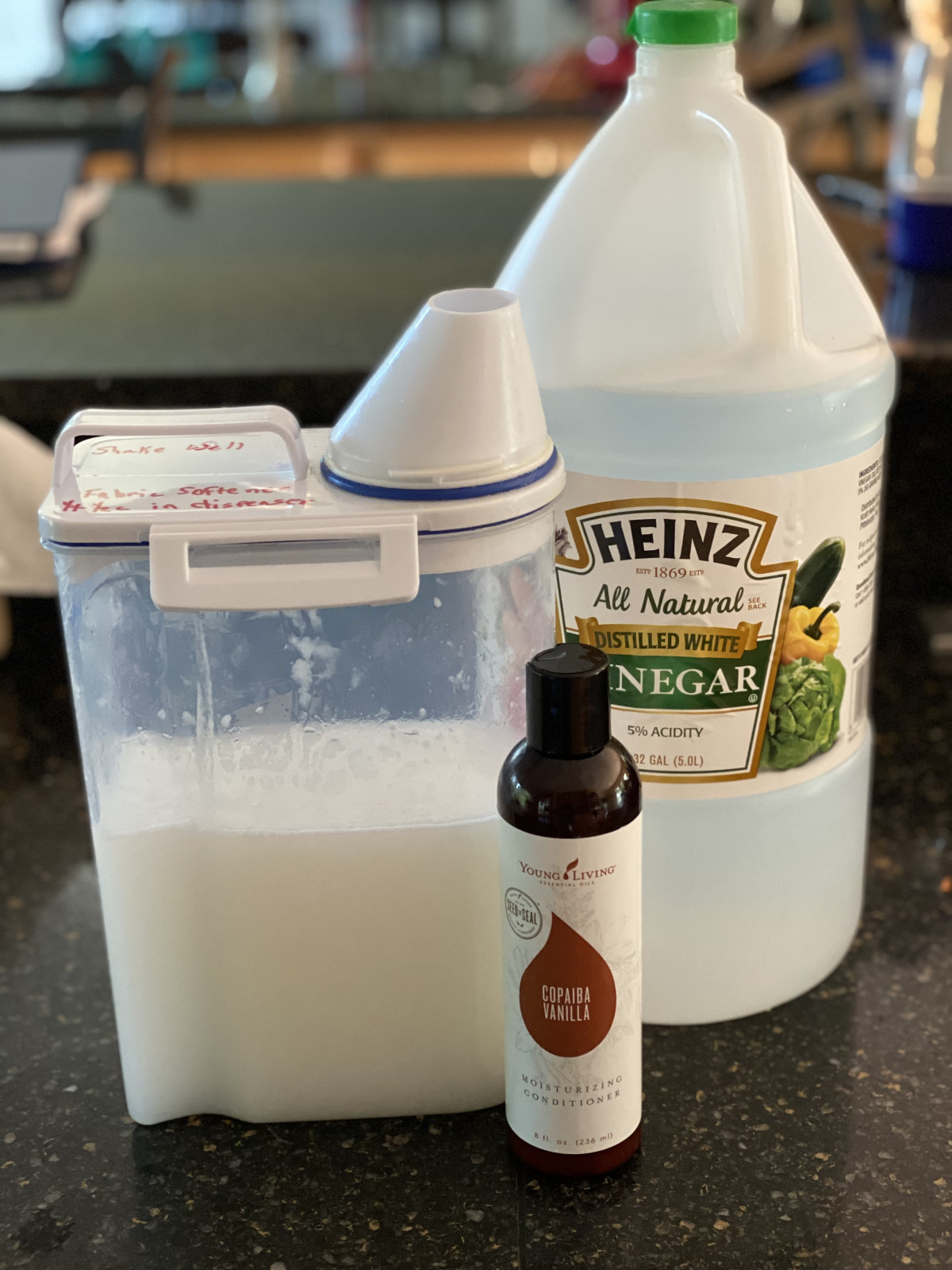

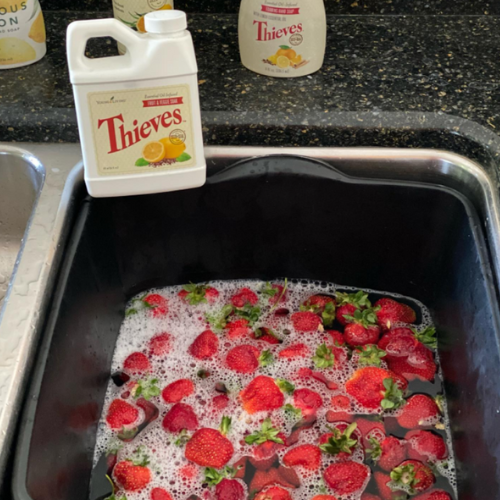


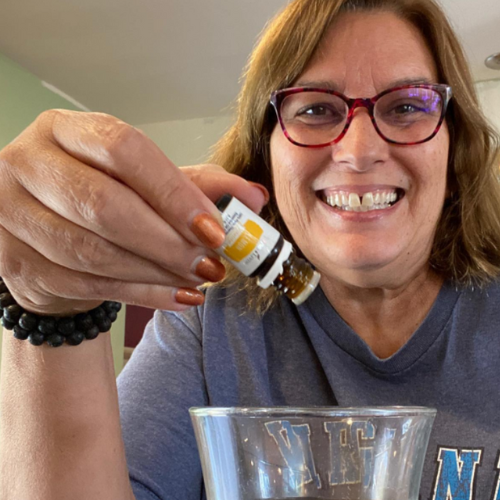
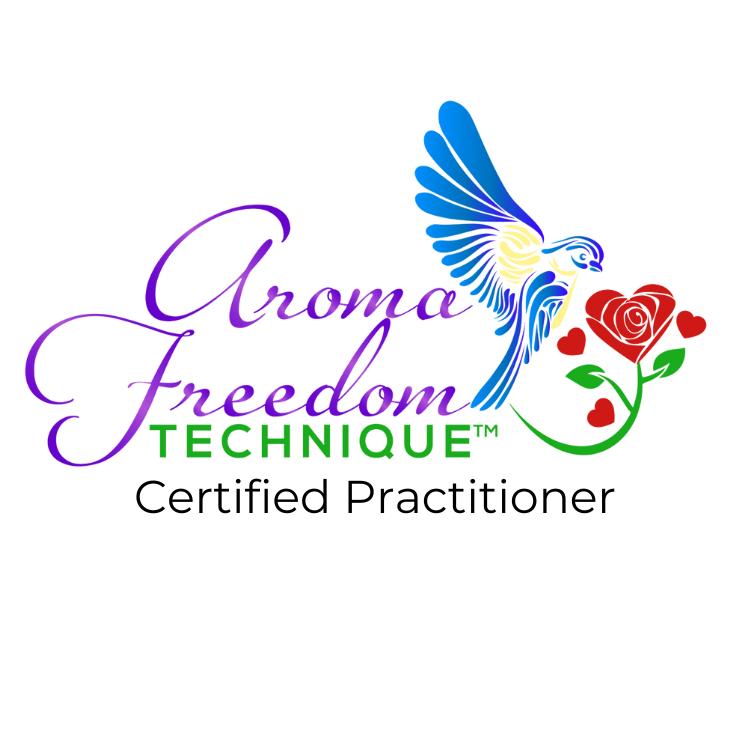
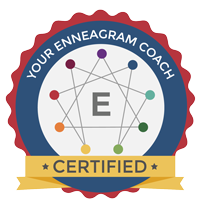 Meet Me on Social Media
Meet Me on Social Media





0 Comments